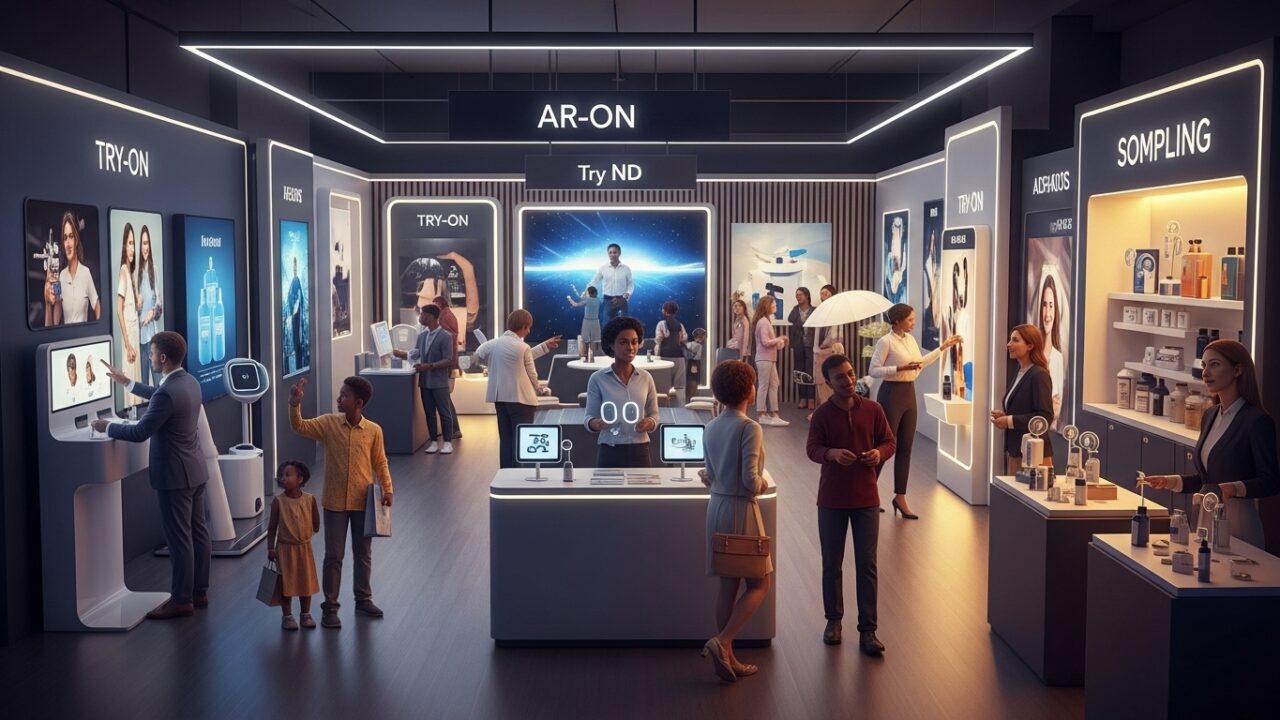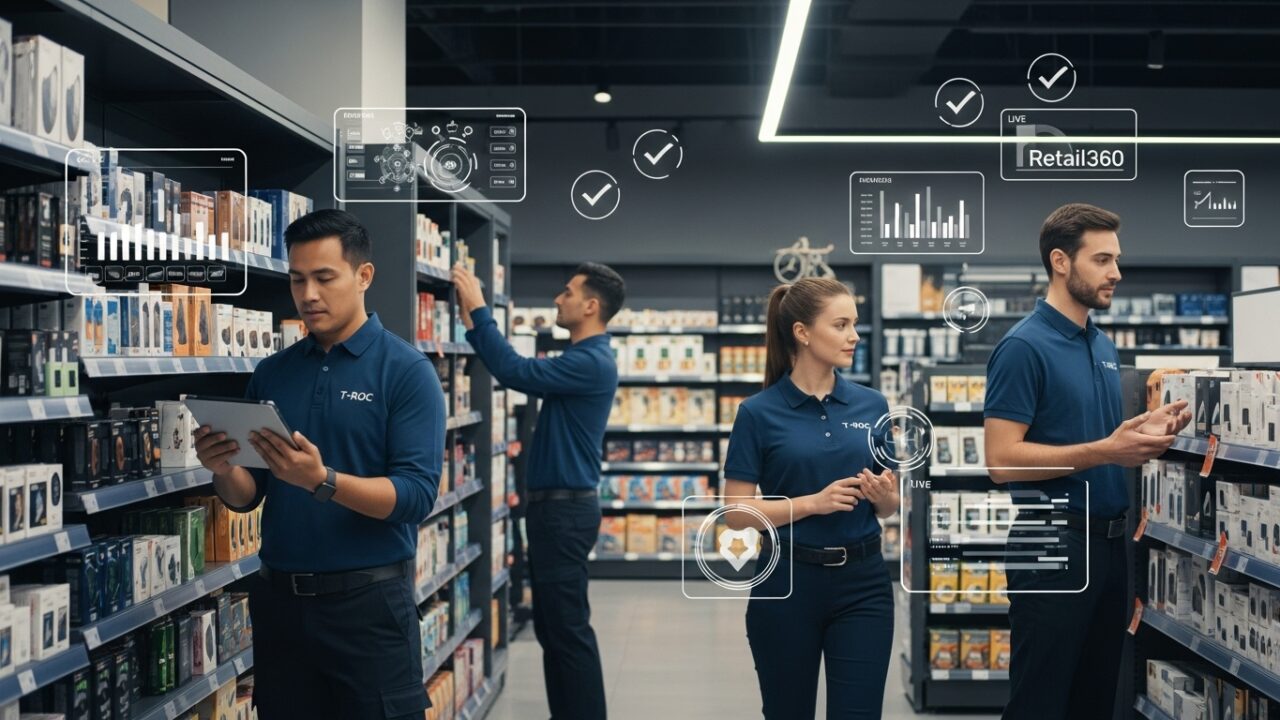Mystery Shopping in Consumer Electronics: What Brands Miss
When it comes to
mystery shopping consumer electronics retailers, the biggest gaps aren’t always obvious from the home office. That’s why leading brands are turning to T-ROC to go beyond the surface and uncover what’s really happening on the sales floor. Our mystery shopping programs reveal critical execution issues—before they cost you sales, market share, or brand trust.
While traditional surveys may check a box, they rarely reveal what customers actually experience. Less than 1% of shoppers fill them out, and even fewer offer meaningful feedback. What’s more, most feedback tools only capture the end result—not the key interaction that caused a shopper to walk away.
That’s the blind spot mystery shopping is built to fix.
What We See (That Dashboards Don’t)
Whether we’re evaluating your headphone wall, mobile displays, or smart home demo areas, T-ROC mystery shoppers offer a clear, unbiased view of the floor in real time. And what we find may surprise you:
- Dead or unpowered demo units
- Team members unsure how to explain product benefits
- Missed bundle opportunities or no attach strategy
- Inconsistent brand presence across store locations
- Retail experiences that don’t match your campaign promise
We go deeper in our
Retail Mystery Shopping Guide and show how
5 Key Mystery Shopping Metrics help track and improve execution.
Why Mystery Shopping Works for CE Brands
In
consumer electronics retail, shoppers rely on store teams to explain features, demo products, and build trust. But too often, the execution doesn’t meet the brand’s expectation—and nobody reports it.
Our mystery shopping service puts trained professionals in real buying scenarios, with no coaching or visibility to the staff. It’s unbiased, real-time insight that identifies your operational blind spots—fast.
For more proof, check out our internal breakdown on
how mystery shopping elevates brand trust and read about how we’re
delivering results for top-tier retail brands.
What We Measure During Mystery Shops
- Sales team behavior – Was the customer greeted? Was help offered?
- Product knowledge – Could the rep explain features and use cases?
- Display conditions – Was the demo live and functioning?
- Signage and pricing – Were promotions accurate and visible?
- Conversion factors – Did the associate suggest a product? Upsell? Recommend?
Our custom dashboards let you track these KPIs across store clusters, regions, and even individual reps. This is how we help clients drive field performance with real data—not guesswork.
How T-ROC Customizes Every Program
No two CE brands are the same. We align our mystery shopping around your customer profile, target goals, and merchandising strategy. Then we build a reporting framework that makes insight actionable.
Learn more in our article on the
top benefits of mystery shopping for retail giants, and why
Best Buy brands can’t afford to skip this process.
Mystery Shopping Is Evolving—Here’s Where It’s Headed
As
CXE Inc. and others point out, modern mystery shopping is combining human observation with data-rich reporting to create more agile, insight-driven CX programs.
We’re seeing similar movement in AI-based measurement platforms, which we explore in our piece on
AI-powered mystery shopping.
Other industry leaders such as
Wiser and
SheLVZ have emphasized how mystery shopping closes the gap between strategy and execution—especially for brands with national reach.
Ready to See What’s Really Happening?
Your brand’s performance doesn’t just depend on strategy. It depends on execution. And if your in-store experience isn’t delivering, mystery shopping is the only way to know where it’s breaking down.
Explore T-ROC’s mystery shopping services to see how we help CE brands run smarter programs, improve conversion, and build trust at retail.
Want to get started?
Book a discovery session with our team.
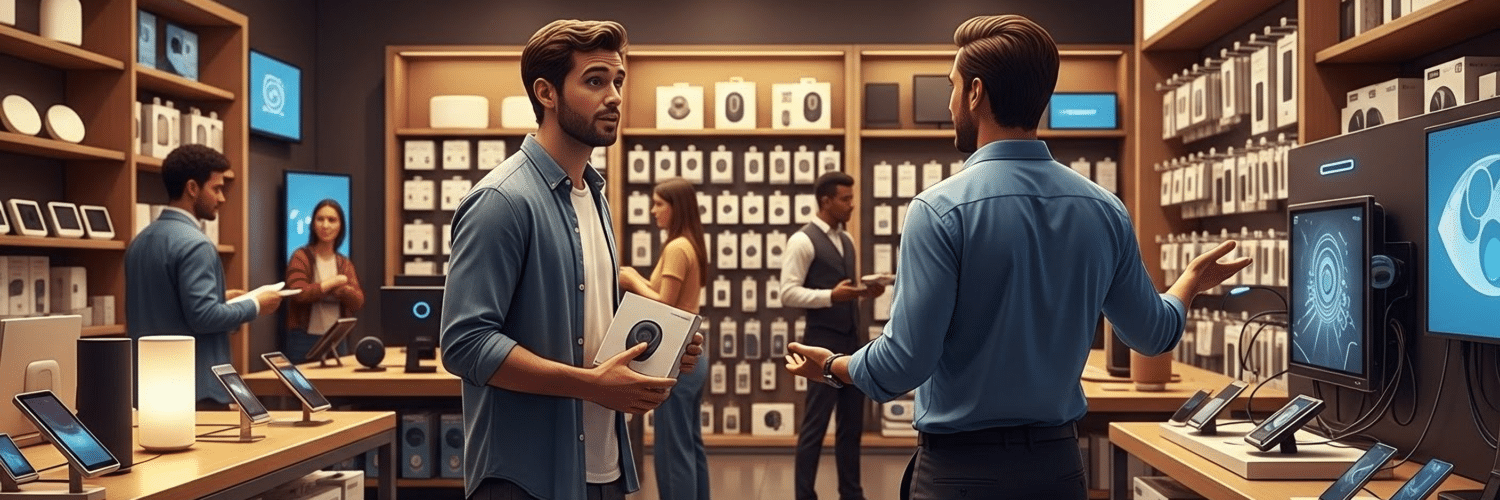
T-ROC Staff
Aug 6, 2025
4 mins read

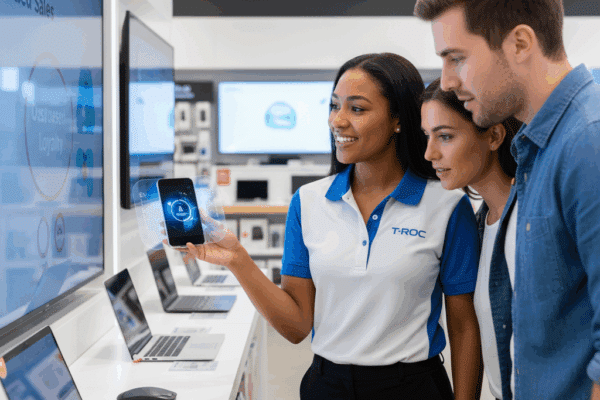

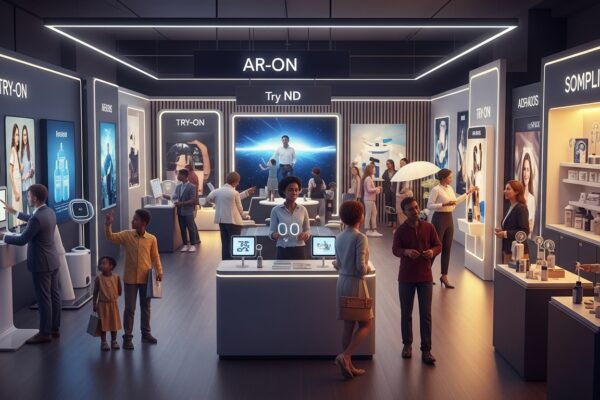
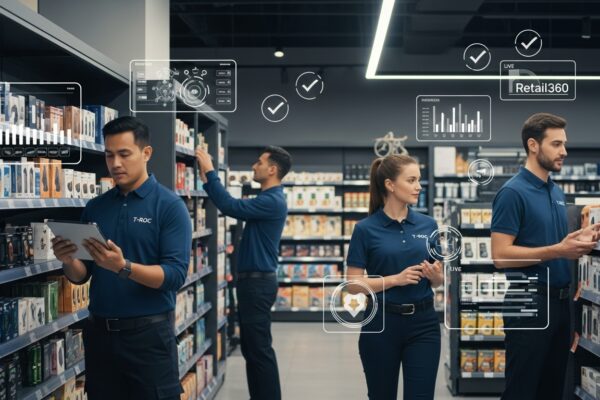
![Interested in what we can do for you? T-ROC can help you boost sales, improve store performance, and deliver consistent results across every location. {{ include_custom_fonts({"Telegraf":["Bold","Regular","Semi Bold"]}) }}](https://no-cache.hubspot.com/cta/default/5402108/interactive-194273307789.png)
![Interested in what we can do for you? T-ROC can help you boost sales, improve store performance, and deliver consistent results across every location. {{ include_custom_fonts({"Telegraf":["Bold","Regular","Semi Bold"]}) }}](https://no-cache.hubspot.com/cta/default/5402108/interactive-194343103657.png)


